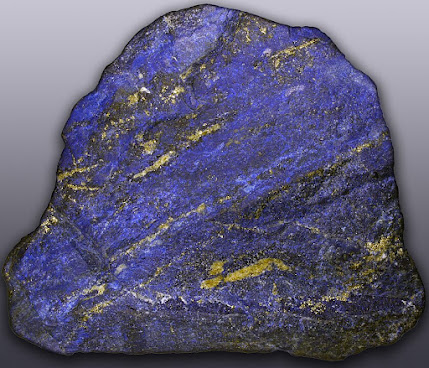The Weird History and Chemistry of Realgar Orange
Introduction
Realgar Orange, a pigment with a rich historical legacy, evokes images of fire and spice, carrying with it centuries of cultural significance and artistic allure.
In this exploration, we delve into the origins, properties, artistic applications, and cultural significance of Realgar Orange, unraveling its secrets and stories from antiquity to the present day.
Origins and History
Realgar, a naturally occurring mineral composed of arsenic sulfide, has been mined and used as a pigment since ancient times, with evidence of its use dating back to ancient Egypt, China, Greece, Rome, and Persia. The Romans traded realgar and orpiment (a yellow pigment) as powders.
The extraction methods of Realgar involved grinding the mineral into a fine powder, creating a vivid orange pigment that was highly prized for its bold hue and unique properties. The hue can range from red to yellow-orange. The most common color for the mineral fell into orange or red-orange.
Throughout history, Realgar Orange held symbolic importance in various cultures, often associated with themes of vitality, protection, and transformation in religious rituals, alchemical practices, and artistic expressions. The ancient Greeks knew that it was poisonous, though. They made it into "medicine" called bull's blood that is thought to be the method of suicide for Midas and Themistocles.
Today, realgar's use is strictly limited due to its toxicity. Yet, it still finds niche applications in fireworks and traditional medicine. Its story, however, serves as a stark reminder of the delicate balance between beauty and danger, and the ethical considerations surrounding the use and preservation of materials with complex histories.
Chemical Composition and Properties
Realgar's chemical structure consists of arsenic and sulfur atoms arranged in a crystalline lattice, resulting in its distinctive orange coloration. It has a formula of AsS or As4S4 (it is a repeating unit, so sometimes it is shortened to just AsS).
Despite its vibrant hue, Realgar Orange possesses relatively moderate lightfastness and stability, but it is susceptible to fading and degradation over time when exposed to light and moisture. This degradation makes the hue turn lighter and fall more into the yellow range. It is then called pararealgar. This has the chemical formula of β-As4S4 (the β stands for a beta particle).
However, Realgar's unique characteristics, including its intense color saturation and semi-translucent quality, made it a sought-after pigment for artists seeking to evoke warmth, energy, and dynamism in their works. It was also the only true orange pigment until the creation of modern chrome orange.
Artistic Applications
Artists throughout history have utilized Realgar Orange in various mediums, including painting, ceramics, and decorative arts, to achieve striking visual effects and convey emotional depth. Although, it wasn't used in European oil painting until the Renaissance and died out in the late 1700s due to the invention of chrome orange.
Notable artworks featuring Realgar Orange include ancient Egyptian tomb paintings, Chinese scroll paintings, and Persian miniatures, where its fiery hue symbolized vitality, passion, and spiritual enlightenment. The most famous painters to use realgar are Tintoretto and Titian. Below is Titian's Holy Family with a Shepherd c. 1510.
The use of Realgar Orange in art has endured through the ages, captivating contemporary artists who seek to infuse their works with the energy and warmth of this ancient pigment. It can still be purchased, but it is still highly toxic and must be used with the utmost caution.
Conclusion:
Realgar orange, a color that once ignited imaginations and ignited canvases, ultimately left a mark stained with both splendor and peril. Its story compels us to question the true cost of beauty, the responsibility of artistic expression, and the enduring power of color to captivate and challenge, even centuries after its last brushstroke.






.jpg)

Comments
Post a Comment